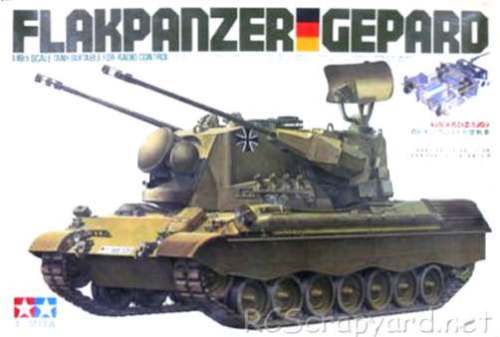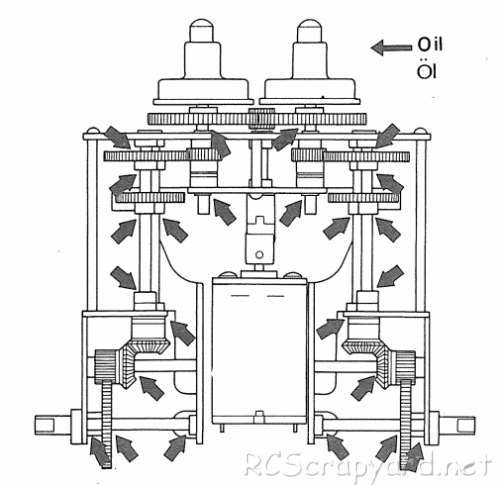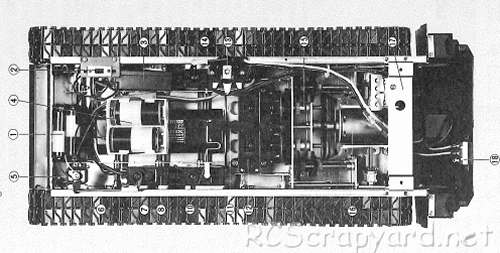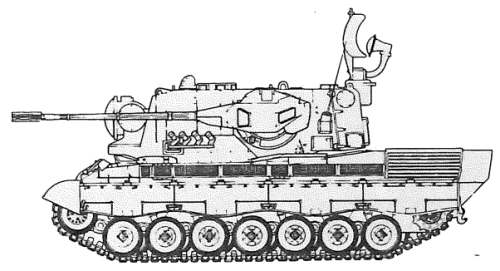

|
|
|


|
Tamiya Flakpanzer Gepard - 56003 (Radio Controlled Model Review)1/16 Scale Electric Tank -
Released by Tamiya on October 30, 1978, the German Flakpanzer Gepard Tank - RA230 (#56003) came as a basic assembly kit.
▼ Scroll Down for More Images ▼
Rating: 4
|








|
|
|

|




|
Hints, Tips and Information
How to avoid Radio Interference
1/ The first consideration when installing your Receiver into your Electrically Powered Model is to make sure it is well away from the Negative Battery terminal, and the Motor. The Magnetic field can cause stuttering type interference at times of high current draw (i.e., Fast Acceleration) |









|






|
|
|
|
Hints, Tips and Information
Keeping Notes
If all you will ever do is go racing at your local track every week, then this article is not for you. However, if you ever look towards travelling around to different tracks around the country, or even the world, the value of keeping notes is all too obvious.
|
|
Hints, Tips and Information
Painting a Lexan Body Shell.
Most RC Model kits come with an unpainted, clear Lexan plastic Body Shell you yourself must prepare and paint. This type of Body Shell is painted on the inside, and special spray or brush on Polycarbonate Paints MUST be used.
|
|
RC Models:
|
Radio & Motors: |
Other
Accessories: |